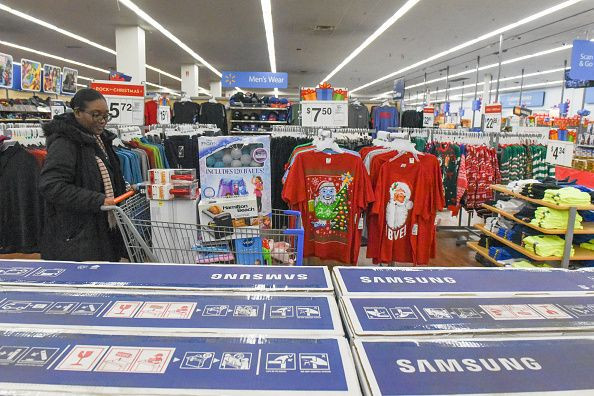Walmart And Target Should See A Better Second Half Of The Year
Walmart and Target should see a better second half, according to Placer.ai, which monitors foot traffic in the nation's retailers.
The first half of 2022 was not a good time for the two retail giants. Both companies have been caught with excess inventories of discretionary items and had a hard time getting rid of them, even at discounted prices.
That has come as a big surprise to Wall Street, as the pandemic lockdowns are over, Americans have returned to work, and the US economy is operating near full employment. It's an economic environment that should have boosted rather than depressed demand for discretionary merchandise.
However, there is a good explanation: Work paychecks have not been sufficient to replace the pandemic from stimulus checks. According to the US Bureau of Economic Analysis, personal income has been growing slower these days than it grew while the stimulus checks were generously distributed.
In addition, food and energy inflation has soared in recent months, which has left middle and low-income American consumers, the core of Walmart and Target's market, with little money to spend on discretionary items.
Nevertheless, things should look better for the retail sector for the second half, according to a new white paper from foot traffic analytics firm Placer.ai titled, Halfway Point Lessons --July 2022 white paper. "While some categories will bear more of the brunt of the current economic downturn than others, the situation is also creating opportunities for brands which can cater to customers' current value orientation," noted the report.
"The wider retail ecosystem was hit with an onslaught of challenges in the first half of 2022 with Omicron, inflation, and high gas prices all impacting performance," added Ethan Chernofsky, VP of Marketing at Placer.ai, said the following." Yet, even within this uniquely difficult environment, certain retailers and segments were able to drive strength. While these obstacles clearly affected behavior throughout this period, the ongoing resilience of consumer demand should position the retail sector well for the second half of this year and beyond."
Target and Walmart are among the brands mentioned in the report, as they cater to customers who prefer one-stop shopping over shopping in several locations. In addition, the two retailers have been benefiting from the merging of online and offline retailing, with customers ordering online and picking up the merchandise in the local stores.
However, one more thing could benefit the entire retail sector in the second half: easing the pressures driving inflation, like a decline in food and oil prices and transportation costs. For instance, the Aug. 22 oil contract has dropped from a low of $120 in early June to around $100 this week, while US gas Futures prices have dropped from $4.06 to $3.26 over the same period. That means American consumers can afford to buy more merchandise, helping retailers eliminate excess inventories.
(The author owns shares of Target.)

© Copyright IBTimes 2025. All rights reserved.






















